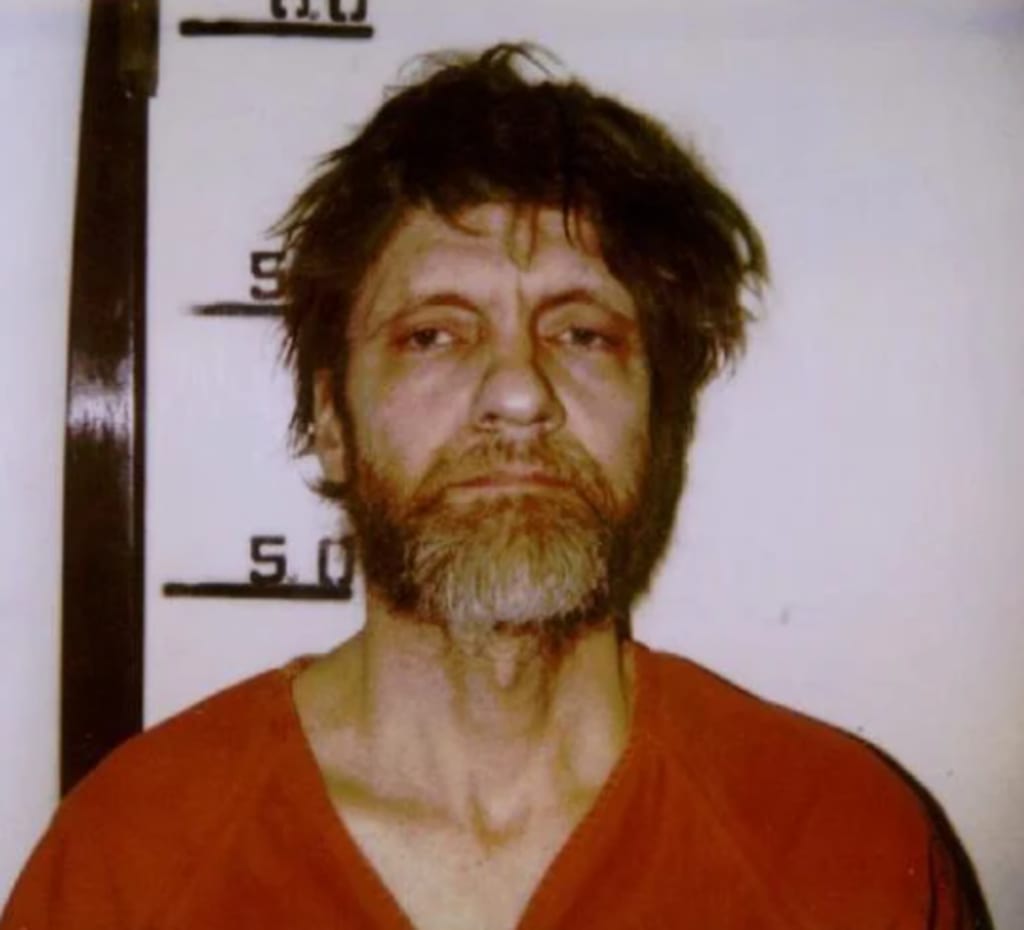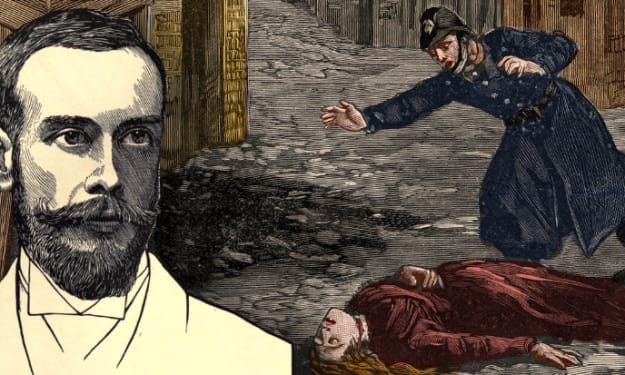The Unabomber: A Story of Terror, Tenacity, and Triumph
Theodore Kaczynski, once a mathematical prodigy with a promising academic future, descended into a life of isolation and terror. After retreating to a remote cabin in Montana, Kaczynski transformed from a brilliant scholar to a reclusive fugitive, launching a nationwide bombing campaign against those he believed were advancing technological destruction. His story, marked by an unparalleled intellectual fall and a reign of terror, ultimately underscores the complex interplay between genius and madness.

The story of Theodore Kaczynski, infamously known as the Unabomber, is one of the most compelling tales of modern American criminal history. This case combines the elements of an intellectual gone rogue, a nationwide bombing campaign, and an unprecedented manhunt that ultimately led to his capture. The Unabomber's story is not just about the terror he inflicted but also about the tenacity of those who pursued justice and the resilience of a nation confronted with fear.
The Genesis of a Madman
Theodore Kaczynski was born on May 22, 1942, in Chicago, Illinois. A child prodigy, Kaczynski's early life was marked by academic excellence. He attended Harvard University at the age of 16 and later earned a Ph.D. in mathematics from the University of Michigan. However, despite his promising academic career, Kaczynski became increasingly disillusioned with modern society and its technological advancements.
In 1971, Kaczynski retreated to a remote cabin in the woods of Montana, living a life of isolation and self-sufficiency. It was here that his deep-seated resentment towards industrial society festered, leading him down a dark path. Kaczynski began crafting homemade bombs, which he would use to target individuals he believed were contributing to the destruction of the environment through technological progress.
The Reign of Terror
Kaczynski's bombing campaign spanned from 1978 to 1995, targeting universities, airlines, and various individuals connected to technology and industrialization. His bombs, often meticulously crafted and ingeniously disguised, caused three deaths and injured 23 others. The name "Unabomber" originated from the FBI's case code "UNABOM" (UNiversity and Airline BOMber).
What made Kaczynski particularly terrifying was not just the physical damage he inflicted but the psychological fear he spread. His bombs could be anywhere, and anyone connected to technology or industry could be a target. This sense of pervasive threat gripped the nation, leading to widespread fear and paranoia.
The Manifesto: A Turning Point
In 1995, Kaczynski sent a manifesto titled "Industrial Society and Its Future" to major media outlets, including The New York Times and The Washington Post. In this 35,000-word document, he articulated his anti-technology and anti-industrial views, calling for a revolution against the system. He promised to cease his bombing campaign if the manifesto was published.
The decision to publish the manifesto was controversial, but it proved to be a crucial turning point in the investigation. Kaczynski's brother, David Kaczynski, recognized the writing style and ideas and contacted the FBI. This lead ultimately broke the case wide open, allowing investigators to identify and apprehend the Unabomber.
The Manhunt and Capture
The manhunt for the Unabomber was one of the most extensive and expensive in U.S. history. The FBI employed a task force of over 150 full-time investigators, analysts, and others, dedicated to tracking down the elusive bomber. The breakthrough came from the linguistic analysis of the manifesto, which matched Kaczynski's earlier writings.
On April 3, 1996, FBI agents arrested Theodore Kaczynski at his remote cabin in Montana. The cabin was filled with bomb-making materials, journals documenting his crimes, and a live bomb ready to be mailed. Kaczynski's arrest marked the end of a 17-year reign of terror and brought a sense of relief to a nation that had lived in fear.
The Trial and Sentencing
Kaczynski's trial was another significant chapter in this saga. Initially, he planned to represent himself, but after a mental competency evaluation and legal battles, he ultimately pled guilty to all charges to avoid the death penalty. In 1998, Kaczynski was sentenced to life in prison without the possibility of parole.
His trial and sentencing provided a sense of closure to the victims and their families, who had suffered for years. The courtroom was a place of emotional testimony and reflection, where the impact of Kaczynski's actions was laid bare.
Resilience and Recovery
The story of the Unabomber is not just about the terror inflicted by Kaczynski but also about the resilience and tenacity of those who pursued justice. The victims and their families showed incredible strength in the face of unimaginable trauma, advocating for justice and remembering those who lost their lives.
Law enforcement officials demonstrated remarkable perseverance, employing innovative investigative techniques and collaborative efforts that ultimately led to Kaczynski's capture. Their work highlighted the importance of tenacity and the relentless pursuit of justice, even when faced with a seemingly insurmountable challenge.
A Legacy of Lessons
The Unabomber case has left a lasting impact on law enforcement practices and the field of criminal investigation. It underscored the importance of forensic linguistics, the value of public assistance in solving cases, and the necessity of inter-agency cooperation. The case also brought attention to the potential dangers of technological advancement and the ethical considerations that come with it.
To conclude, the tale of Theodore Kaczynski, the Unabomber, is a chilling reminder of the darkness that can arise from disillusionment and isolation. Yet, it is also a story of tenacity, resilience, and the triumph of justice. The relentless efforts of law enforcement, the courage of the victims' families, and the breakthroughs in investigative techniques ensured that Kaczynski's reign of terror was brought to an end. This case stands as a powerful testament to the enduring human spirit and the capacity for justice to prevail in the face of evil.
About the Creator
Jane Doe
As a passionate storyteller, I captivate readers with engaging, well-researched articles across genres from criminality and poems to lifestyle and more....
Join me for insights, tips, and narratives that inform and entertain.
Enjoyed the story? Support the Creator.
Subscribe for free to receive all their stories in your feed. You could also pledge your support or give them a one-off tip, letting them know you appreciate their work.






Comments
There are no comments for this story
Be the first to respond and start the conversation.